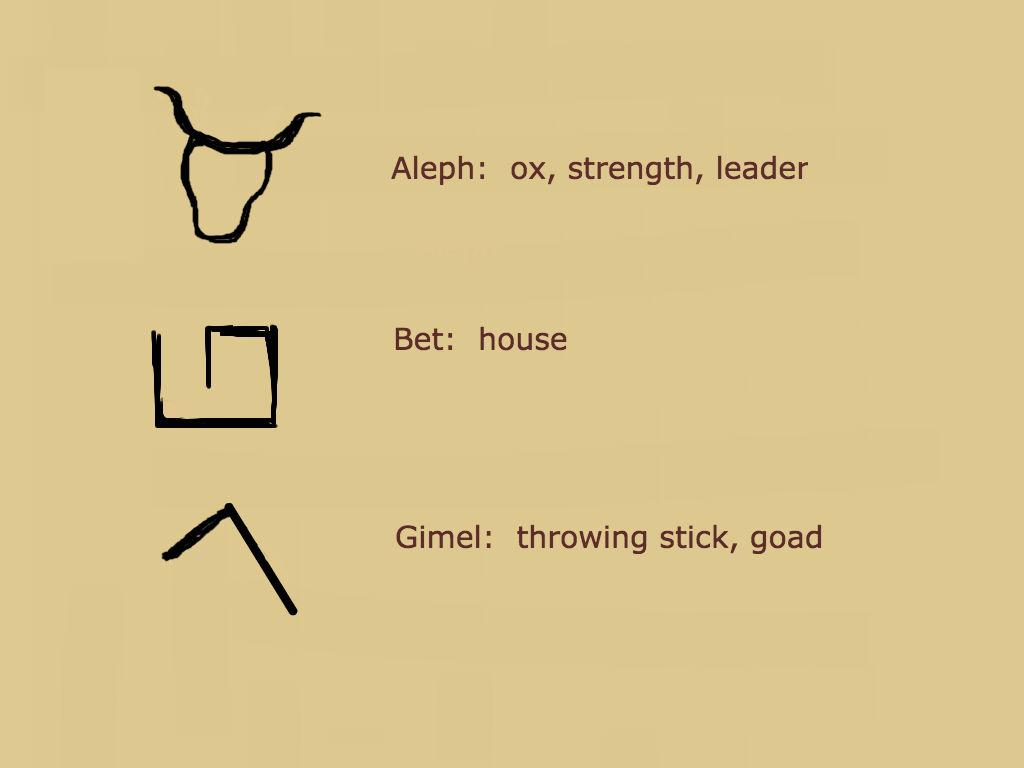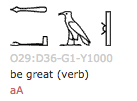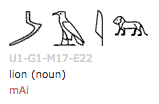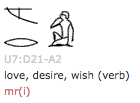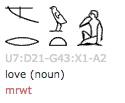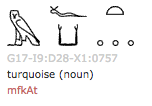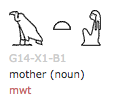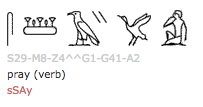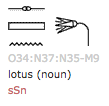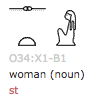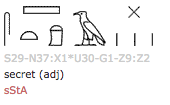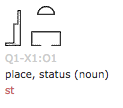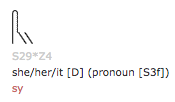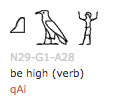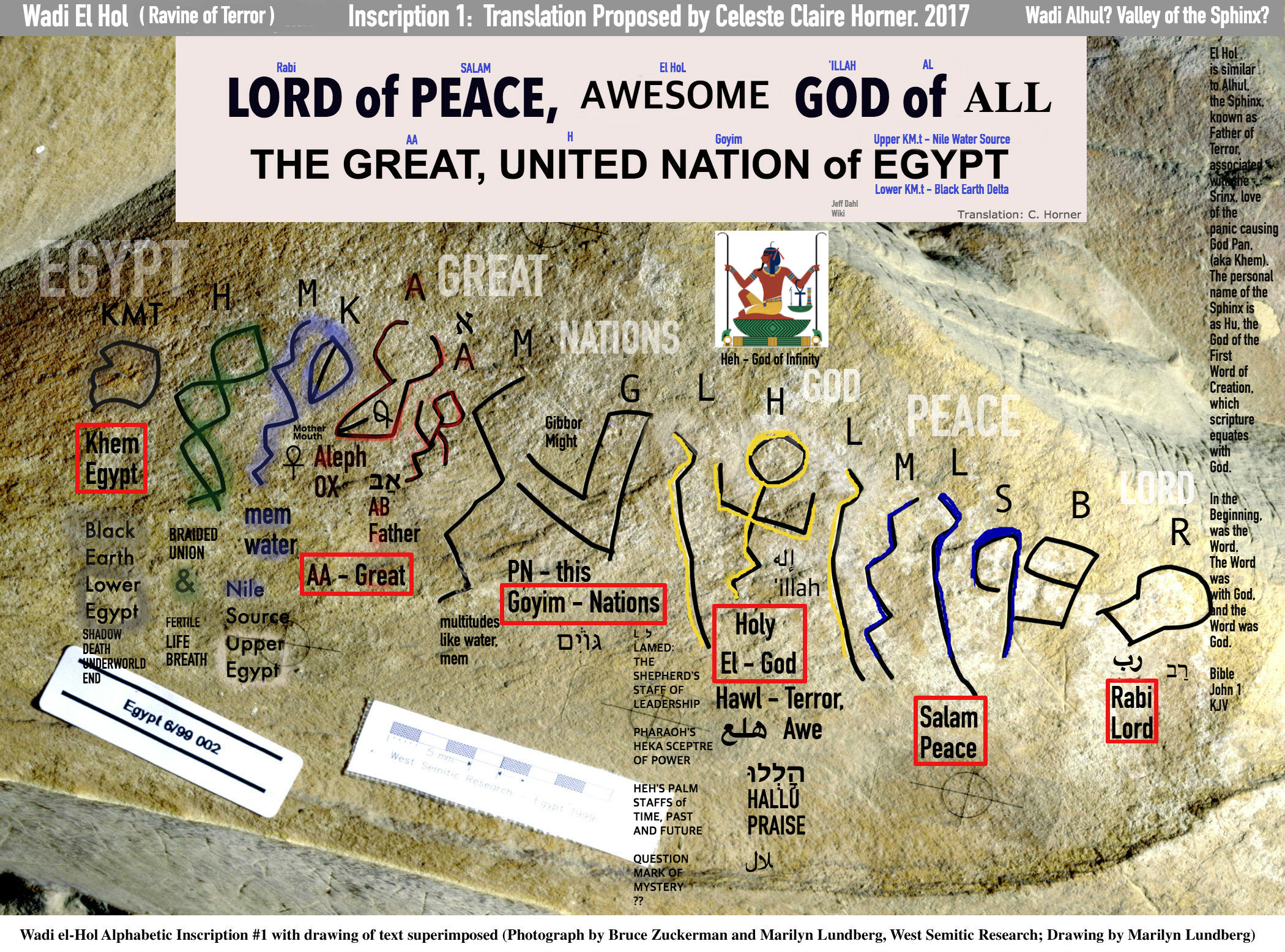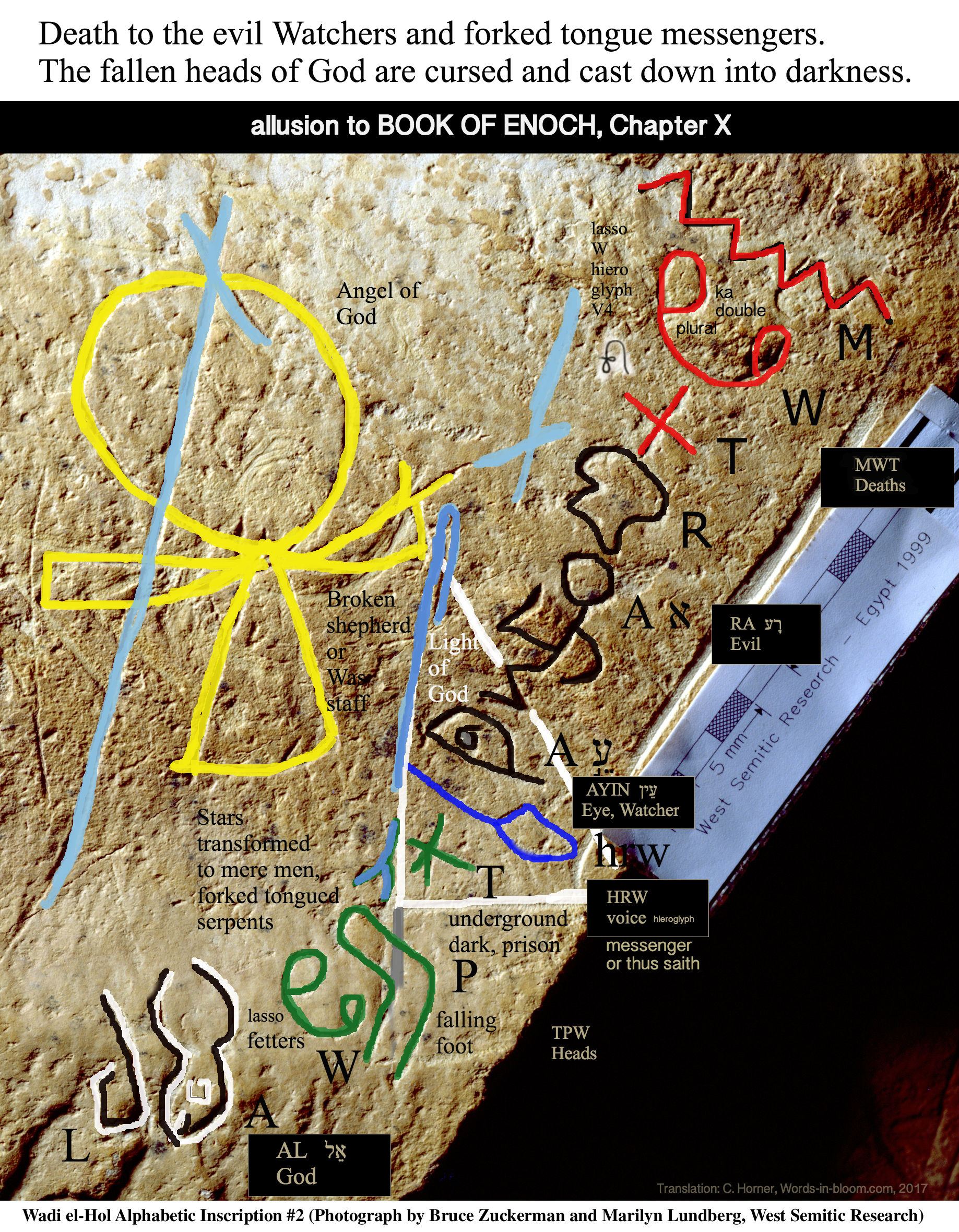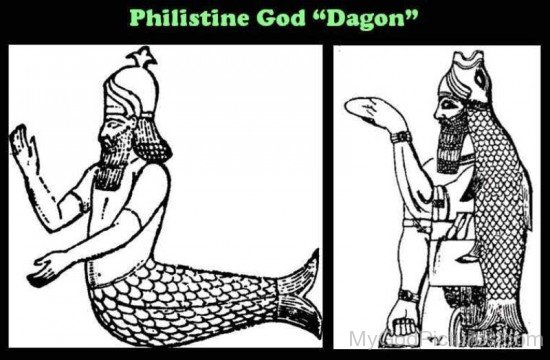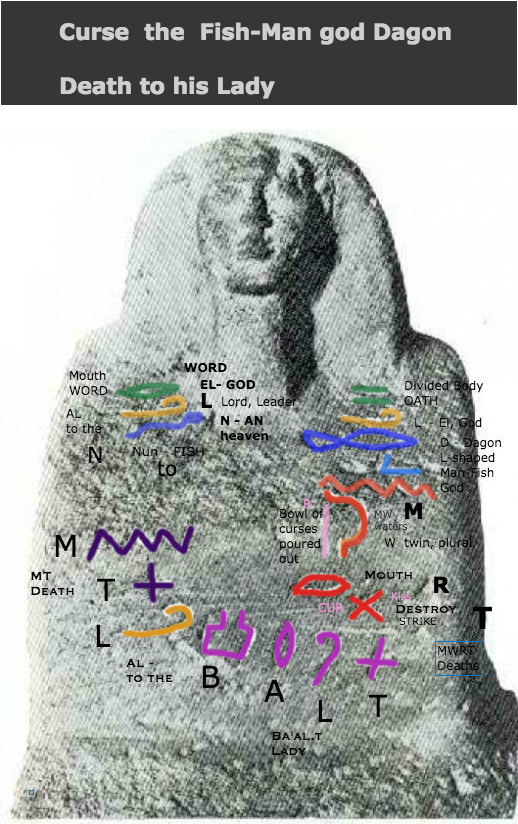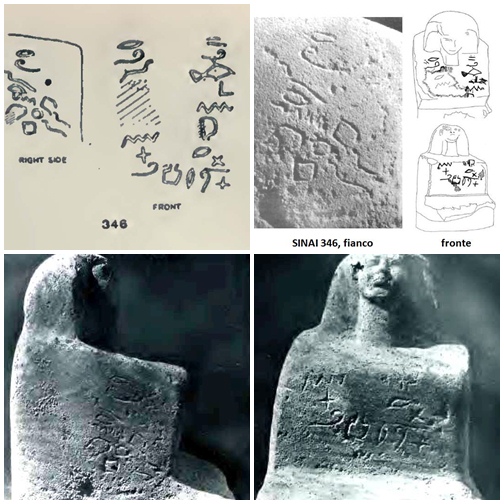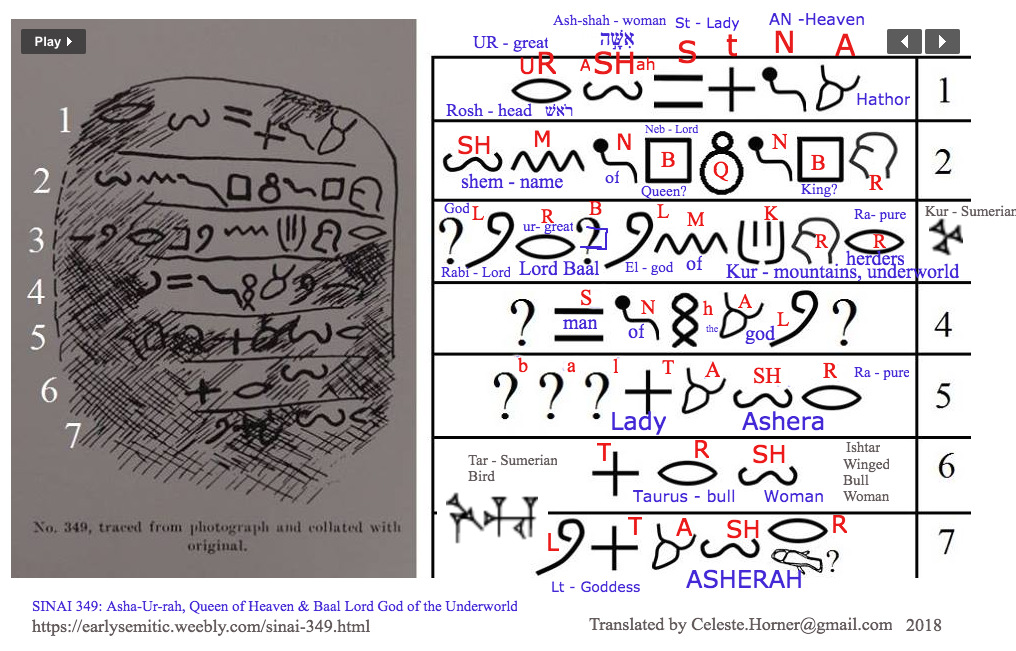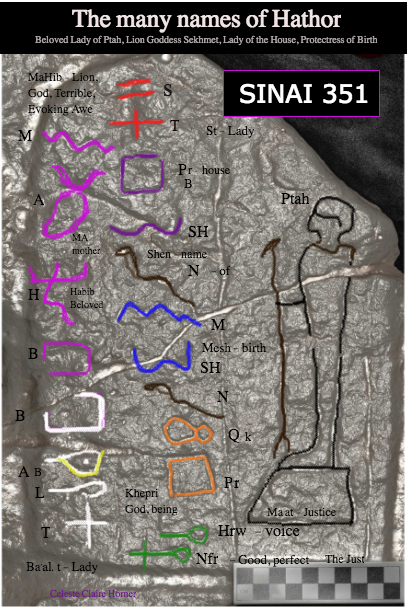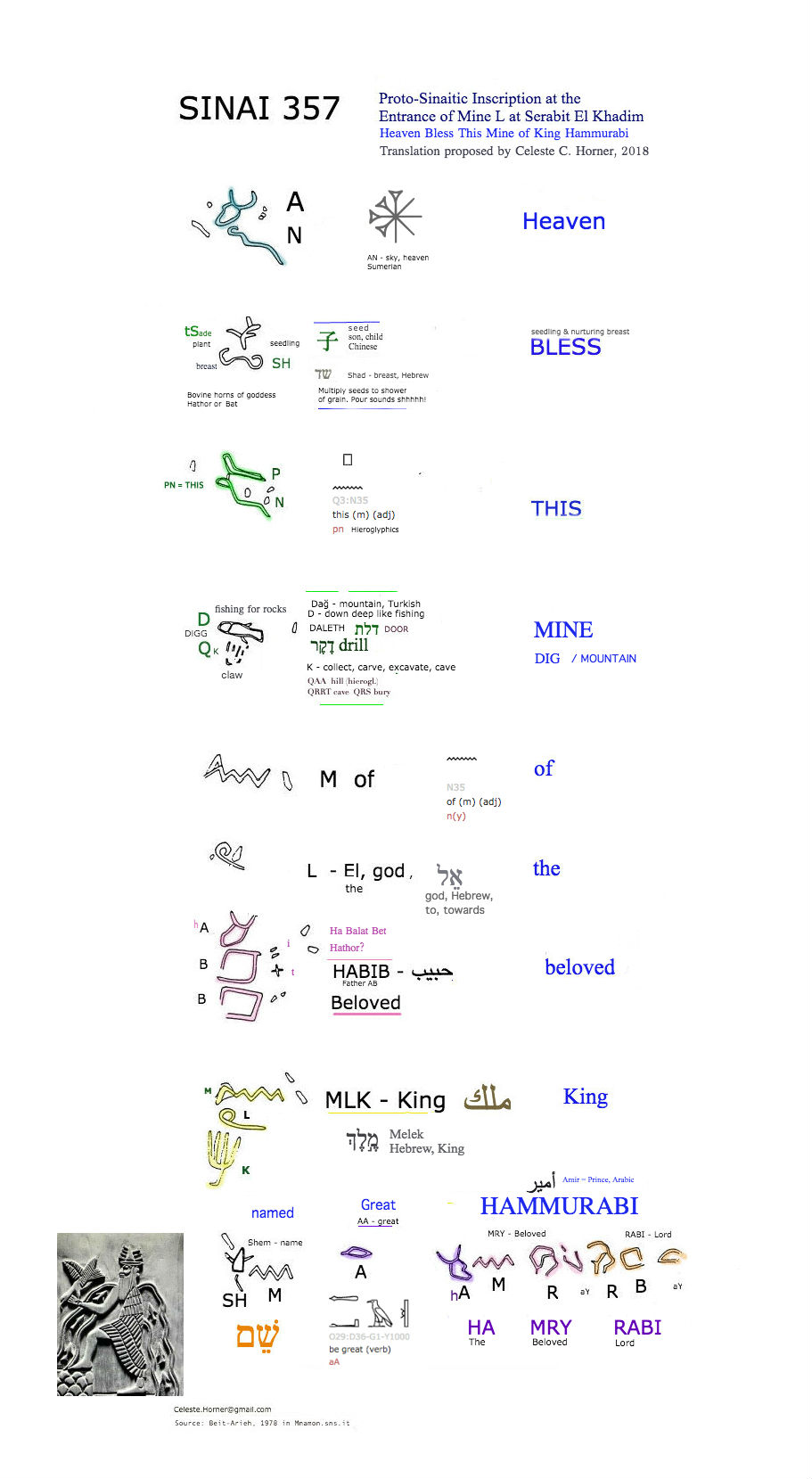Notes
Horned serpent tie snake with deadly breath and magic scales, healing horns like a stag. Lives in water. pic
Venus (Roman goddess) Lucrezia Borgia
Geomatic figures
Tengu red face, long Pinocchio nose, crow associate
The Red One Copper, red mercury
Morrah
Voodoo, rainbow, fish tail. Zabotek bat gld Zibalba Ba'al Lillith, Kali, Tiamat, Sekhmet Iblis his abode is the bath, his drink intoxicants, instrument the pipe, kur-an poetry, character marks of geomancy. Judgment day. Paracas skulls geomantic figures The arch is a fountain, rainbow, joy, growth, lift. Tardigrade, cryptobiosis
Dhanvantari avatar of Lord Vishnu, god of medicine
Indra's Net holographic jewel network. Indra was jealous of realized man. Drunk and debauched.
Patala Bala, son of Maya realm of sex, Atala. Vitala gold form by divine sex. Sutali, home of pious demon king Bali, richer than Indra, god of Heaven. Defeated by dwarf avatar of Vishnu, Vamana.
Kinnara celestial lover, musician, eternal pleasure, no offspring.
Patala below the feet, underworld
Loki turned into salmon. Imprisoned with venomous snake, chained with entrails of son, other turned to wolf, wife catches venom in bowl. Appeared as giantess Thok Fathered the eight legged horse Sleipner Mythica pattern in ashes. myth vs. Marvel
Dead gods: Ymir (The Scream, a hermaphroditi giant, first creature of creation, who was killed by Odin brothers. His body made into the c, Baldr, Osiris, Adonis, Tammuz
Sumerian Lugal is great man, En is priest, lord. Ensi is city ruler.
Ninhursag Sumerian Mother Goddess. Mother of Gods and Men. Husband a god of the underworld. Three children includinf Lil. Wife of Enki, god of wisdom. Ninhursag means Lady of the Mountain from poem Lugale. Ninurta, god of war and hunting, defeats the demon Asag and his stone army and builds a mountain of their corpses. Ninurta gives the glory of his victory to his mother Ninmah ('Magnificent Queen') and renames her Ninhursag. She is also known as Nintud/Nintur ('Queen of the Birthing Hut') and, to the Akkadians, as Belet-ili ('Queen of the Gods'). Her other names include Makh, Ninmakh, Mamma, Mama, and Aruru. In iconography she is represented by a sign resembling the Greek symbol Omega often accompanied by a knife; this is thought to represent the uterus and the blade used to cut the umbilical cord thus symbolizing Ninhursag's role as mother goddess. Another of her early names, Ki or Kishar, identifies her as 'mother earth.' She was often invoked by mothers as she was thought to form and care for the child in the womb.
Ishtar is virgin, bride. Shti is one who is hidden, in his coffin, dead Budge 756
Lucia Micarelli
Ba.alat Gebal, Lady of Byblos. Astarte, Aphrodite. Perhaps Asherah, maybe Titan goddess Dione. Sister and wife of El, who gave the city of Byblos to her.
Amarna letters Found in Egypt, but written in Akkadian cuneiform.
Sumerian Grammar Lesson GU=my, ZU=your, ANI=his/her, BI=its, ME=our, ZU.NE.NE=your-plural, A.NE.NE=their.
Dendera light bulb
Ahy or Ihy was the god of music and musicians. The sistrum is associated with Hathor. The Book of the Dead calls him the Lord of Bread, which was fermented to make beer, a symbol of Sekhmet, the lion alter-ego of Hathor. Depicted as young boy with sidelock of youth and finger held to mouth. He held a sistrum in his right hand.
Hathor In her form as Hesat she is shown as a pure white cow carrying a tray of food on her head as her udders flow with milk. She is closely associated with the primeval divine cow Mehet-Weret, a sky goddess whose name means "Great Flood" The sistrum is her instrument which she used to drive evil from the land and inspire goodness. She is the patron goddess of joy, celebration, and love and was associated with Aphrodite by the Greeks and with Venus by the Romans Beer goddess Tenenet.
Tenenet Egyptian goddess of childbirth and beer. Montu means nomad
Angels glow bacteria
Menes the legendary first king of Egypt who is thought to have united Upper and Lower Egypt
Minoan Civilization
Deedalus great inventor, built labyrinth, wings, Talos robot. Killed nephew who invented potter's wheel, thus exiled to Crete. Created fake cow to lure bull father of Minotaur.
Daidalos legends
Cretan Hieroglyphs Minoan Writing | Minoan language blog with Asherah poles? Wailing for Adonis?
Viruses are predators of bacteria. New type found without tails in the ocean. 3-1-18
Ancient Egyptian Religion
Serket goddess of venom and the canopic jar of the intesting Qebehsenuef Seven Shining Ones. Are not the foundations laid by the Seven Sages? Sekhemti Shm.ti The Two Powerful Ones. Sekhmet??? Strike Warrior ladies?
Queen of Heaven
El. Northwest Semetic word meaning god. Amorite and Olk Akkadian: ila. May be Poseidon or Ea.
No written script used for Amorite has been discovered.
Azag, monstrous demon. Presence makes fish boil alive in rivers. Accompanied by arm of rock demon offspring, born of union with mountains. Vanquished by Akkadian deity Ninurta using Sharur, the enchanted, talking mace to which he was guided by his father, the god Enlil.
Sharur talking, teleporting magic mace
Ninurta wields mace, returns Tablets of Destiny
Tammuz
Ezekiel condemns Tammuz
Plow my genitals, man of my heart.....bull
Electronic Text Corpus of Sumerian Literature
Who will plow my wet ground?
Beautiful Adonis beloved by Aphrodite and Persephone
Oxford Lingiustics
Hyksos
Hyksos The Hyksos were a Semitic people who gained a foothold in Egypt c. 1782 BCE at the city of Avaris in Lower Egypt, thus initiating the era known in Egyptian history as the Second Intermediate Period (c. 1782 - c. 1570 BCE). Their name, Heqau-khasut, translates as 'Rulers of Foreign Lands' (given by the Greeks as Hyksos), suggesting to some scholars that they were kings or nobility driven from their homes by invasion who found refuge in the port city of Avaris and managed to establish a strong power base during the decline of the 13th Dynasty of the Middle Kingdom (2040-1782 BCE).
Bes and Bast, both household protectors. B house St sound and shape of archery bow.
Samos island shaped like a bull! Home of Pythagoras and astronomer Aristarchus, who proposed earth revolved around the sun. Home of Aesop, philosopher Epicurus. Phoenician word sama means high. Under tyrant Plycrates, engineer Eupalinos dug a tunnel through Mount Kastro to build an aqueduct to supply the ancient capital of Samos with fresh water, second earliest tunnel known. 1km subterranean aqueduct.
Orion birthed from urine of Zeus, Poseidon, and Hermes
Nowa Noah undulation O water Aquatic hydro WAter Isaac Jacob Moshe Jesus Have prophetic names.
CoilHouse Alternative Culture Ezine
SelkieA
Toyotama-himeLady Bountiful Soul - Luxuriant Jewel Princess. Luck of the Sea, Luck of the Mountain. Daughter of Sea-Deity WataTSUmi
Undersea Palace of Ryujin, the dragon kami of the sea. Built fro red and white coral, or crystal. Each side inhabits different season. One day equal to century outside.
Tide jewels act like Moses parting Red Sea. Empress Jingu used to strand, then drown Korean fleet, says legends. Poseidon-related? Eat monkey liver - like Prometheus legend. Hoori like Orion? Dogon related to grain and Sea.
Sea slime can trigger mega tsunamis
Phoenician Vocabulary
Dictionary of North West Semetic Inscriptions
NOW. Meta-language symbolism word analysis from Words-in-bloom.com
40,000 yr old lion man statue
Shadu Lammasu
ATTI^ attic Above Toit I pillar peaK. Hochtempel high temple Heaven Over chi sun power
Canaanite-Phoenician video
Jesus said: I and my Father are One. Gods are immortal, but shape-shift and change names, give birth to themselves.
Saraswati Serabit el Khadim
Kamandalu
Brahma Parvati mother of the universe
Reconstructing the Stone Cone Building of Uruk
Uruk
Ninhursag NIN - Mother Goddess of the Mountains. Hathor also depicted on a mountain. E temple. Sag-head. Ila lofty. Deity of Sumer. Fertility goddess. TRUE and GREAT LADY OF HEAVEN. HAIR worn in OMEGA shape. Sylized womb. Horned head-dress and tiered skirt (like Minoan) Bow cases on shoulder. Carries MACE. Kur-gal Great mountain. Ocean O ki-earth An ring heaven. Fixed Enki when he got pregnant by granddaughter!
NIN HAR.SAG Lady mountain sacred. E-Kur House of Mountain deeps at Eridu. NINMAY Great Queen. NINTU Lady of Birth (tuddah!) Mamma Mother. Belet-Ili Lady of the gods.
Inanna Ishtar. Gilgamesh refused. Journeyed to Kur underworld to challenge sister Ereshkigal, Queen of the Underworld. Killed resurrected by Enki who sent two sexless beings.
Song of the Hoe. As powerful as a hunting net Looks like the MR egyptian love character, plough. The hoe and the basket are the tools for building cities. Extends good agricultural land.
1966 Helel Shining One Hebrew Lucifer, son of the dawn
Dumuzid the Shepherd aka Tammuz. Mesopotamian god of shepherds, consort of Inanna. Sister was Geshtinanna, goddess of vegetation. ANTEDILUVIAN KING of Bad-tibira, earthluy king of Uruk. Type of dying and rising god.
Dumuzi, the Shepherd, the Fisherman. Hammurabi??? Death and Resurrection.
Gallu demons of underworld could be appeased by sacrifice of a lamb at their altars. Galilee? Sharur - enchanted talking mace. Smasher of thousands. Can fly vast distances, communicates with the weilder, emissary of Enlil. Slay Kur, primeval serpent god venerated in Babylon. Kur mountains and primordial elements. Takes form of winged lion
Bast is B bow ST written like B A arrow or | bowstring
Phaistos Disk
Bibliotecapleyades.net Tablet 6
Marduk AMAR.UTU Calf of the sun
Babylonian Creation Imhullu wind weapon
Enuma Elish
Astrological Cycle
Exodus 1450 B.C.?
Ixion Tried to seduce Zeus' wife, bound to wheel. Father of centaurs. First kin-murder
daemon Zeus appointed golden agers to be guardian tutors of men
Samothrace Cyclopean masonry. Mt Mengary Mt Moon 1611 m
Age of Tautus 4400 to 2200 B.C.
Saffron breathed out by Zeus when seducing Europa. Triploid genetics. Brother Cadmus introduced alphabet to Greece
Goddess Tanith
Age of Taurus
Marduk
Nergal
Story of Jonah and the whale - fish dag
Scales - Mermaids are Real
Moloch Drums beat to mask cries of sacrificed children
Ox Generally, cattle that are female over the age of two are known as "cows," adult males (not castrated) are called "bulls," young cattle are called "calves," and castrated males are called "steer." However, if a castrated adult male is kept for draft purposes it is known as an ox. As a result of castration, these tend to be docile and more muscular.
http://psd.museum.upenn.edu/epsd/nepsd-frame.html igi[eye] + la[hang] Fallen watcher!
In Sumerian religion, Ninḫursaĝ[1] (𒀭𒊩𒌆𒉺𒂅 DNIN-ḪUR.SAG)[2][3][4][5][6][7][8][9] was a mother goddess of the mountains, and one of the seven great deities of Sumer. She is principally a fertility goddess. Temple hymn sources identify her as the "true and great lady of heaven" (possibly in relation to her standing on the mountain) and kings of Sumer were "nourished by Ninhursag's milk". Sometimes her hair is depicted in an omega shape and at times she wears a horned head-dress and tiered skirt, often with bow cases at her shoulders. Frequently she carries a mace or baton Ninhursag Nin-hursag means "lady of the sacred mountain" (from Sumerian NIN "lady" and ḪAR.SAG "sacred mountain, foothill",[10] possibly a reference to the site of her temple, the E-Kur (House of mountain deeps) at Eridu. She had many names including Ninmah ("Great Queen");[10] Nintu ("Lady of Birth");[10] Mamma or Mami (mother);[10] Aruru,[10] Belet-Ili (lady of the gods, Akkadian)[10]
A is HATHOR; B is BAT; L=G DAGON DJAH WeH
Minoan horns of consecration. Minoan Snake goddess
Sag head, king. Good, sweet, beautiful, precious. Like Egyptian nefer? University of Pennsylvania Sumerian dictionary.
MARTU Sumerians contemptuous of barbarian shepherd nomads. I will marry Martu!
Ninhursag. Symbol is Omega. Healed Enki.
Amorite. They worshipped their own pantheon of gods with a chief deity named Amurru (also known as Belu Sadi - 'Lord of the Mountains’ whose wife, Belit-Seri was 'Lady of the Desert’),
https://en.wikipedia.org/wiki/Hu,_Egypt Ba was worshipped!
https://ilovetypography.com/2010/08/07/where-does-the-alphabet-come-from/
https://en.wikipedia.org/wiki/Baetylus living stone
Hathor is an ancient Egyptian goddess associated, later, with Isis and, earlier, with Sekhmet but eventually was considered the primeval goddess from whom all others were derived. She is usually depicted as a woman with the head of a cow, ears of a cow, or simply in cow form. In her form as Hesat she is shown as a pure white cow carrying a tray of food on her head as her udders flow with milk. She is closely associated with the primeval divine cow Mehet-Weret, a sky goddess whose name means "Great Flood" and who was thought to bring the inundation of the Nile River which fertilized the land. Ancient History Encyclopedia
Slim Shady Bel Shade
Beloved - Arabic: Mahbub
Belet-Seri (also spelled Beletseri, Belit-Sheri, Belit-Tseri) in Babylonian and Akkadian mythology is an underworld goddess. The recorder of the dead entering the underworld, she is known as the "Scribe of the Earth". It is Belet-seri who keeps the records of human activities so she can advise the queen of the dead, Erishkigal, on their final judgement. Married to Amurru, the God of Nomads, she's known as 'Queen of the Desert.'[1]
African-origin Hammurabi?
Dogon people of Mali Dogon or Nommo twins. Fish that could walk upright on land, also appeared like rainbow serpent, changing colors like a chamleon. Hermaphrodites. N root for sun, mother, and cow.

Amorites were nomads, ate raw meat, associated with giant Og, and Hammurabi The MARTU who know no grain.... The MARTU who know no house nor town, the boors of the mountains.... The MARTU who digs up truffles... who does not bend his knees [to cultivate the land], who eats raw meat, who has no house during his lifetime, who is not buried after death...” (Chiera 1934, 58, 112).
mono-atomic gold theory Moses and golden calf, powdered and drunk
Francois du Plessis - Serabit El Khadim video
Serabit el Khadem Stella of Hathor?
Astrological Eras
Taurus 4400--2200 B.C.; Leo 10,715 - 8572; 26,000 precession.
Persian immortals
Set
Bull cult
Rick Steves Persia Xerxes Perseppolis
Deer stones of Mongolia. Also stone head
Igig rebelled against dictyatorship of Enlil, set fire to tools, surrounded his house. Anunnaki decide to make man as laborer Igi means eye, and gi is sexual penetration in Sumerian and Akkadian.
Sumerian
God Dagon
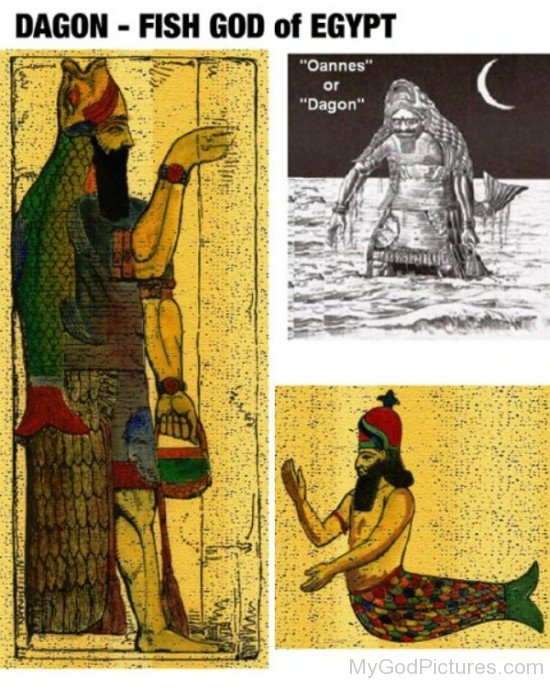
Mesopotamian Gods Omega was the symbol of Ninhursag
Song of Hathor
Tomb of Christ under Lust idol
Forster, Charles Sinai Photographed Or Contemporary Records of Israel in the Wilderness:
Ancient Rare Bibles
A Notice About Manna And Uprooted Oppression at Serabit el-Khadim (Improved)
Apkallu fish-man, bird-man, winged-man, Lu-anan two-thirds Luwian? Nephilim. Man bag, book of wisdom, shared by Mayan/ Aztec? Easter Island, Gobekli Tepe pillars. Hand down seed bag, hand up reaping pine cone, transmitter?
Epic of Gilgamesh A new translation. Gerald J. Davis (2014) Insignia Publishing
Egyptian etymology
Ashteroth Karnaim Astarte of the Horns. Fertility goddess in ancient Canaanite religion
Amorites northern Canaan
Married to Amurru, the God of Nomads, she's known as 'Queen of the Desert.'[1
AmurruBêl Šadê might be the same as the Biblical ’Ēl Šaddāi who is the God of Abraham, Isaac, and Jacob in the "Priestly source" of narrative, according to the documentary hypothesis. Bêl Šadê could have been the fertility-god 'Ba'al', possibly adopted by the Canaanites, a rival and enemy of the Hebrew God YHWH, and famously combatted by the Hebrew prophet Elijah.
Amurru also has storm-god features. Like Adad, Amurru bears the epithet ramān 'thunderer', and he is even called bāriqu 'hurler of the thunderbolt' and Adad ša a-bu-be 'Adad of the deluge'. Yet his iconography is distinct from that of Adad, and he sometimes appears alongside Adad with a baton of power or throwstick, while Adad bears a conventional thunderbolt.
Amaru flood. Survivers are the boat people?
Sumerian Literature Hover over word, get translation!
Egypt in Canaan
Amurru
Ancient Mesopotamian Gods and Goddesses
Mesopotamian gods
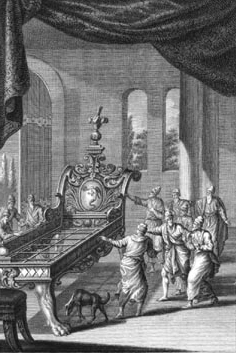
The bed of the giant Og, king of the Amorites
Og 1770 engraving of Og's bed, bulls eye circles. Norse also had giant myths, have those petroglyphs, barrows. Native American, Greek Titans etc. Talmud: Og uprooted mountain to throw at Israel, God caused ants to erode it and crush him. Gustav Dore, Pantagruel. Gentle giant leaning over mid-giants on biers.
Balaam and the talking donkey. Moabite high places.
Nabu Mesopotamian god of literacy. Hands clasped in gesture of priesthood.
Rephaite giants, dead kings, healers, doctors Rophe'im vs Repha'im dead ancestors
Bible.ca: Sinai inscriptions translated
Asherah PoleExodus 34:13 states: "Break down their altars, smash their sacred stones and cut down their Asherim [Asherah poles]. Karnak, France. Standing stones, religion of the giants? Megalithic buildings were their construction?
Amorites Amos 2:9 Amorites had the height of cedars and the strength of oaks, could uproot mountains and throw them!
ElSons were Yamm, Sea; Mot, Death. Mount Lel fountains of the two rivers of the two deeps. Children Dawn, Dusk, gracious gods, cleavers of the sea, children of the sea.
Serabit el-Khadem Sonia and Marco Nadler Institude of Archaeology of Tel Aviv University
Serabit el-Khadim Egyptsites.wordpress.com [2009]
Is the fish character Digg, a representation of the Canannite deity Dagon?
Sekhmet AncientEgyptonline.co.uk: Sekhmet was known as the Lady of Terror, and Lady of Life. Lady of Pestilence, Red L:ady. As Eye of Ra, she destroyed mankind until she became drunk on beer colored to look like blood. When she awoke, she became the goddess of love and mated with the creator Ptah. Their child was Nefertum.
History of Writing (www.funsci.com) Proto-Sinaitic, Cuneiform, etc.
The Temple and Mines at Serabit el-Khadim In the Sinai by Jimmy Dunn
Names of God net.lib.byu.edu
Discovery of the Proto-Sinaitic Inscriptions
Seeker of Truth (2015) Hebrew transcription of Sinai 351. Ancient-Hebrew.proboards.com. (May 18, 2015 at 11:39pm). Accessed 2018-1-6
Bedawi.com: Forest of Pillars
Egypt Pharaohs
Early History of the Alphabet
the Hebrew word for corn is dagan]. "Dagon, after he had discovered corn and the plough, was called Zeus of the plough"
Irkalla, the Queen of the Underworld had the head of a lioness and the body of a woman; in her arms she carried her pet, a deadly serpent. She summoned Belisari, the lady of the desert who was her scribe, and who came carrying the clay tablets on which all of Irkalla’s decrees would be written down. Behind these two the dead gathered. There was no light in their eyes; they were dressed not in cloth but feathers, and instead of arms and hands they had the wings of birds. They lived in darkness. Fairy Tales of the World
Ishtar's Decent to the Underworld. Sacred-Texts.com
The New York Obelisk, Cleopatra's Needle, With a Preliminary Sketch of the History, Erection, Uses, and Signification of Obelisks Charles Edward Moldenke
Wilson-Wright (2017) Sinai 357: A Northwest Semitic Votive Inscription to Tešš. Journal of the American Oriental Society. Vol. 136, No. 2 (April–June 2016), pp. 247-263.
The Babylonians worshipped Enlil under the name "Elil Ekur mountain house. Elil
Dagon was the Chief God of the Philistines. Thoughtco.com.
Allah contraction of Al ilah
Corn in ancient Egypt?
Gutenberg.org: Mesopotamian mythology
Sea Peoples. Archaeology of Ancient Egypt. What-when-how.com.
Drunkeness in ancient Egypt
Rabbi Michael S. Bar Ron A Notice About Manna and Uprooted Oppression at Serabit El-Khadim.
Reinoud M. de Jonge
Burial site of Lord Nefer-Ti-Ru; Son of King Khufu. c.2637-2614 BC, Fourth Dynasty of Egypt (Gosford, NSW, Australia)
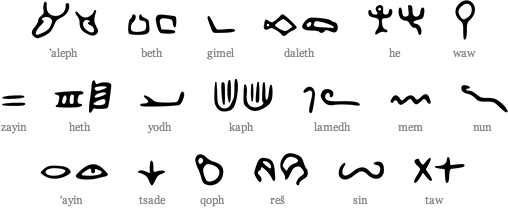
 BELOVED, MRYY in Egyptian hieroglyphs, combines the phonetic symbols for a plow (MR) and feathers, or plurality (Y). The plow represents the commitment that a farmer has for the land, and the love a husband has for the wife. It represents the muscular toil of rooting up rocks and weeds, persisting past problems, and turning the soil to enhance fertility. It encompasses as well as the passionate act of depth-probing and seed sowing involved in sex and reproduction. The feathers represent the tender touch, and pleasure soaring to ecstatic heights on the wings of love. MR is the root of AMOR, MARRIAGE, ADMIRE, and romance. The ancient Egyptians knew alot about love. They were saying I dig you, I'm into you, from ancient times! I am looking (MR mirror, admire) at an angel! (Sandstone sphinx from Serabit el Khadim EA41748)
BELOVED, MRYY in Egyptian hieroglyphs, combines the phonetic symbols for a plow (MR) and feathers, or plurality (Y). The plow represents the commitment that a farmer has for the land, and the love a husband has for the wife. It represents the muscular toil of rooting up rocks and weeds, persisting past problems, and turning the soil to enhance fertility. It encompasses as well as the passionate act of depth-probing and seed sowing involved in sex and reproduction. The feathers represent the tender touch, and pleasure soaring to ecstatic heights on the wings of love. MR is the root of AMOR, MARRIAGE, ADMIRE, and romance. The ancient Egyptians knew alot about love. They were saying I dig you, I'm into you, from ancient times! I am looking (MR mirror, admire) at an angel! (Sandstone sphinx from Serabit el Khadim EA41748)
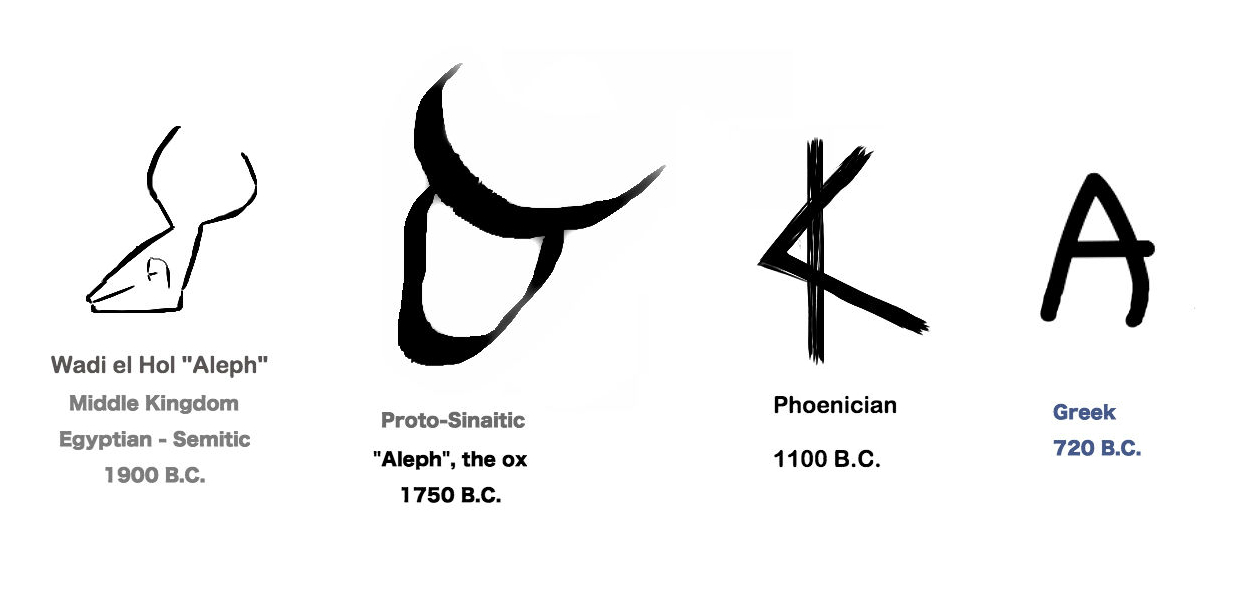

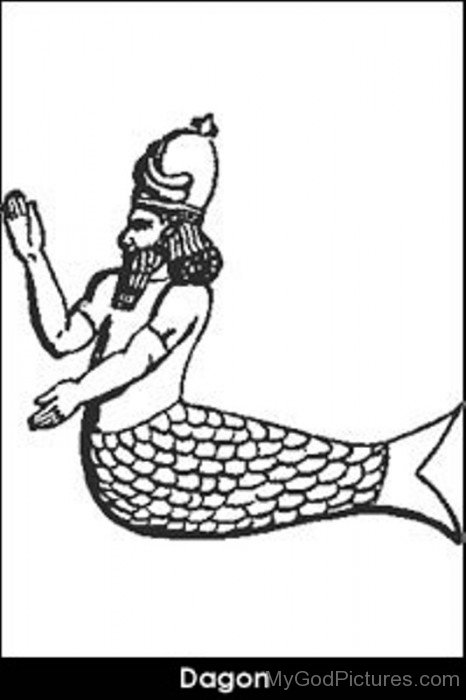

 Aleph illustrates the horned head of an ox.
Aleph illustrates the horned head of an ox.
 Dagg depicts a fish. The Philistine god
Dagg depicts a fish. The Philistine god  Lamed delineates the staff of law and leadership, the shepherd's crook.
Lamed delineates the staff of law and leadership, the shepherd's crook.
 The crinkled letter Mem means water and looks like waves.
The crinkled letter Mem means water and looks like waves.
 Shin (Tann) doubles as an archer's bow or a pair of breasts.
Shin (Tann) doubles as an archer's bow or a pair of breasts.
